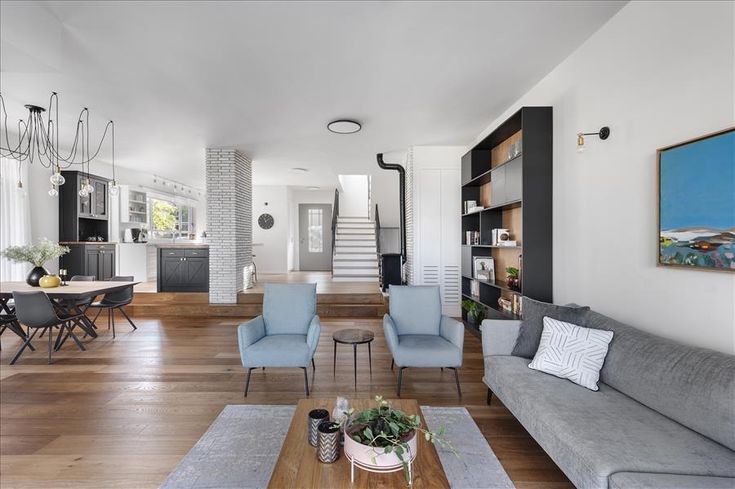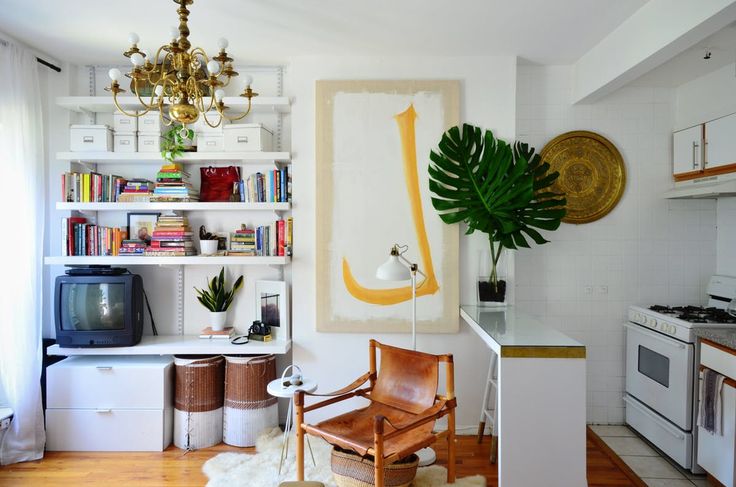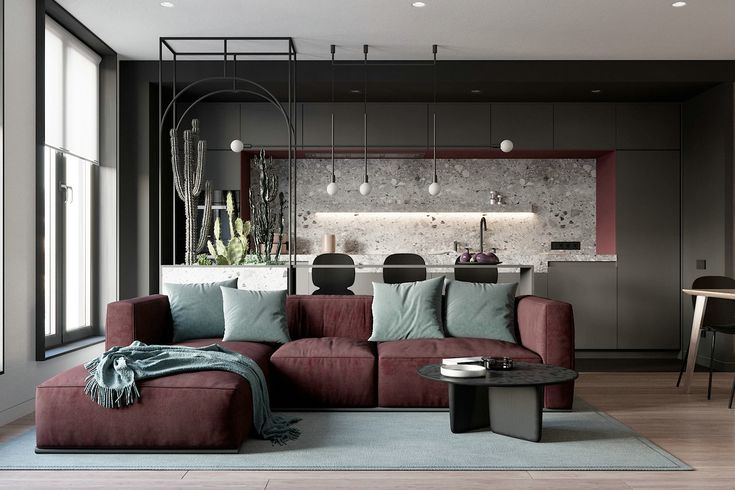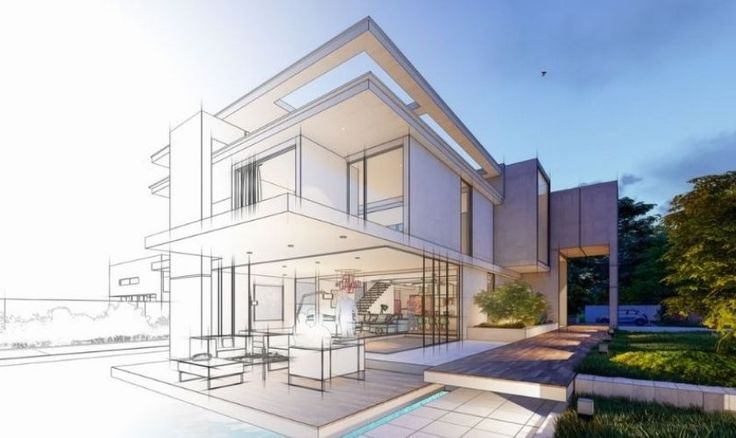10 Expert Tips for Perfect Living Room Furniture Arrangement
10 Expert Tips for Perfect Living Room Furniture Arrangement – Arranging furniture in a living room can feel like solving a puzzle. With the right balance of comfort, functionality, and aesthetics, your living space can transform into a haven of relaxation and style. Whether you’re working with a compact apartment or a spacious living area, these 10 expert tips will help you create the perfect living room furniture arrangement.
1. Start with a Focal Point
Every living room needs a focal point to anchor the space and guide the furniture layout. Common focal points include a fireplace, large windows with a scenic view, or a statement piece of art. If your living room doesn’t have a natural focal point, you can create one with an eye-catching piece like a large mirror or an entertainment center.
Tip:
Place your primary seating, such as a sofa or sectional, facing the focal point to draw attention and create a sense of harmony.
2. Consider Traffic Flow
A well-arranged living room allows for easy movement. Ensure there’s enough space for people to walk around furniture without bumping into it. Aim for at least 3 feet of clearance in high-traffic areas and pathways.
Tip:
Avoid blocking doorways or entrances with bulky furniture. Arrange seating and tables to naturally guide movement through the space.
3. Choose the Right Furniture Size
Scale is crucial when selecting furniture for your living room. Oversized furniture in a small room can make the space feel cramped, while tiny pieces in a large room can appear lost.
Tip:
Measure your living room before purchasing furniture. Use painter’s tape to outline where each piece will go to ensure a good fit.
4. Create Conversation Areas
The living room is often a place for socializing. Arrange seating to encourage conversation by placing chairs and sofas facing each other or at a slight angle. Include side tables or a coffee table within reach for added convenience.
Tip:
In larger spaces, consider creating multiple seating zones for smaller, intimate conversations.
5. Balance Proportions
Balancing the visual weight of your furniture creates a cohesive look. Pair heavier pieces like a large sofa with lighter elements such as slim chairs or open shelving.
Tip:
Distribute furniture evenly throughout the room to avoid a lopsided appearance.
6. Use Rugs to Define Spaces
Area rugs can help anchor your furniture arrangement and define different zones in an open-concept living room. Choose a rug that complements your decor and is large enough to accommodate all your seating.
Tip:
Ensure the front legs of your furniture rest on the rug to create a unified look.
7. Maximize Natural Light
Natural light can make any living room feel brighter and more inviting. Arrange furniture to take advantage of windows and avoid blocking light sources.
Tip:
Use light, sheer curtains to enhance natural light while maintaining privacy.
8. Incorporate Multifunctional Furniture
If you’re working with a smaller space, consider using multifunctional furniture to maximize utility. Examples include ottomans with storage, sofa beds, or nesting tables.
Tip:
Choose furniture that serves multiple purposes to reduce clutter and improve functionality.
9. Add Personal Touches
Your living room should reflect your personality and style. Incorporate personal elements like family photos, artwork, or unique decor pieces.
Tip:
Mix and match textures and patterns to add depth and visual interest to your space.
10. Test and Tweak
Once you’ve arranged your furniture, take some time to live with it and make adjustments as needed. Walk around the space, sit in different spots, and observe how the layout works for your lifestyle.
Tip:
Don’t be afraid to experiment. Sometimes a simple shift in furniture placement can make a big difference.
By following these expert tips, you can create a living room that is both functional and aesthetically pleasing. Remember, the best furniture arrangement is one that suits your lifestyle and makes you feel at home.
Bonus Tips for Advanced Styling
If you’ve mastered the basics, here are a few bonus tips to elevate your living room furniture arrangement further:
Layer Your Lighting
Lighting plays a vital role in setting the mood and enhancing the functionality of your living room. Use a combination of ambient, task, and accent lighting to create a layered effect.
Tip:
Add floor lamps near seating areas, table lamps for reading, and dimmable overhead lights to adjust the ambiance.
Play with Symmetry and Asymmetry
Symmetry can create a sense of order, while asymmetry adds a touch of playfulness and creativity. Combine the two for a balanced yet dynamic look.
Tip:
Pair matching sofas or chairs for symmetry, and add an asymmetrical arrangement of decor items on a coffee table or mantel.
Incorporate Greenery
Plants bring life and freshness to a living room. Choose low-maintenance indoor plants like snake plants, pothos, or peace lilies to add a touch of greenery.
Tip:
Use plant stands or hanging planters to add height and variety to your decor.
Optimize for Technology
If your living room includes a TV or sound system, ensure the furniture arrangement enhances the viewing and listening experience.
Tip:
Mount the TV at eye level when seated, and position speakers for optimal sound quality.
By implementing these additional strategies, you can take your living room design to the next level. Whether you prefer a modern, minimalist look or a cozy, traditional feel, thoughtful furniture arrangement is the key to creating a space you’ll love spending time in.






